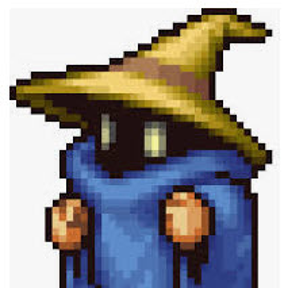Welcome to the Onshape forum! Ask questions and join in the discussions about everything Onshape.
First time visiting? Here are some places to start:- Looking for a certain topic? Check out the categories filter or use Search (upper right).
- Need support? Ask a question to our Community Support category.
- Please submit support tickets for bugs but you can request improvements in the Product Feedback category.
- Be respectful, on topic and if you see a problem, Flag it.
If you would like to contact our Community Manager personally, feel free to send a private message or an email.
If Anyone Would Be Interested in a Pet Project to Model in Onshape...
 Don_Van_Zile
Member Posts: 195 PRO
Don_Van_Zile
Member Posts: 195 PRO
I would love to see this mechanism example working in Onshape!
 https://youtu.be/CqLStpRFdWY
https://youtu.be/CqLStpRFdWY1
Comments
HWM-Water Ltd